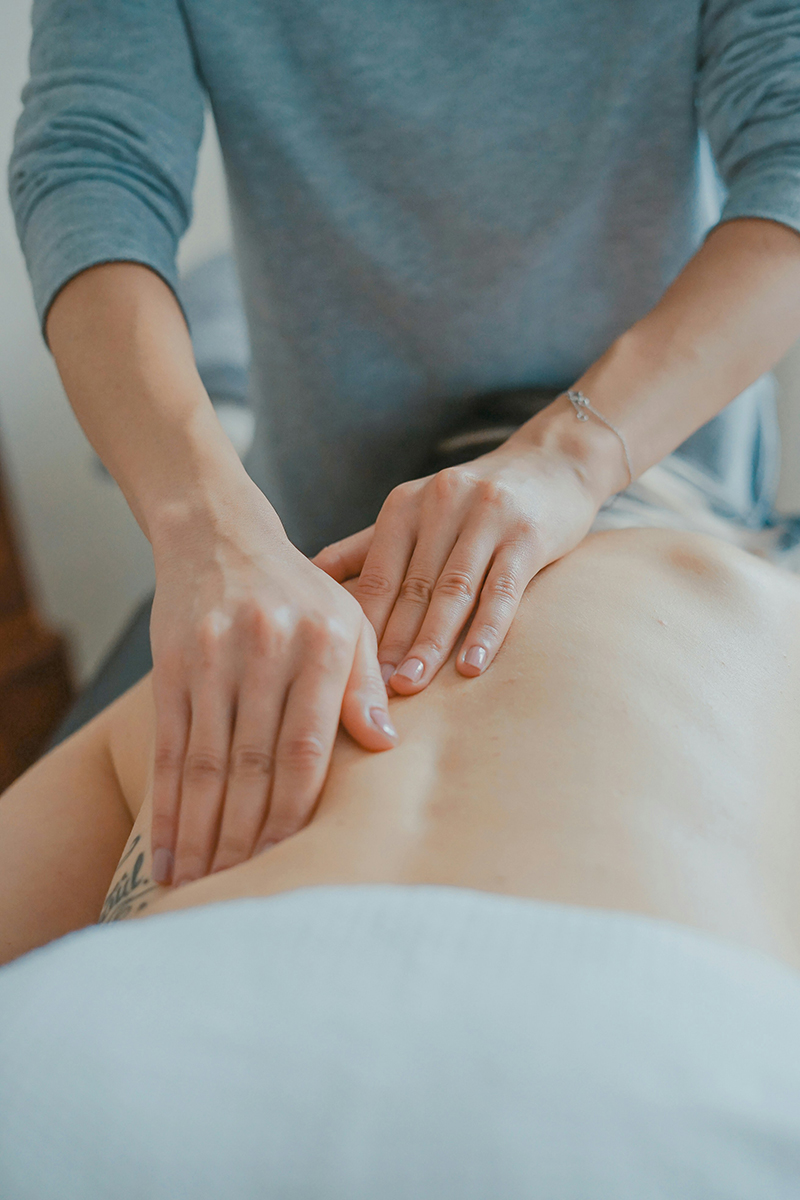The Lymphatic System
The lymphatic system and the cardiovascular system work closely together. Here’s a brief explanation of how that happens: The cardiovascular system delivers blood and nutrients to cells while also removing waste products from cells and returning blood to the heart. The heart, which acts as a pump for the circulatory, forces the circulation of blood through the body. The lymphatic system and the cardiovascular system are joined by the capillary system, and lymphatic vessels are present wherever there are blood vessels.
Blood is propelled by the pumping of the heart, and lymphatic vessels transport excess fluid to the end ducts. Contraction of surrounding muscles, pulsating blood vessels, and body movements all help to move lymph fluid. The lymphatic system also helps drain all of the interstitial fluids in the body, and it is interwoven throughout the body and functions as part of the immune system.
Lymphatic System Anatomy
The lymphatic system is made up of lymph nodes, vessels and capillaries. Lymphatic vessels begin with lymphatic capillaries that reside in the interstitial space, like fingers. The capillaries are fine, silk-like structures made of a single layer of endothelial cells that overlap each other to create valves. When fluid builds up in connective tissue, the endothelial cells stretch apart and the overlapping cells are pressed open to let the fluid into the capillaries. Once a capillary is full, the valve is pressed shut, a lobed valve opens, and the fluid moves into an onion-shaped unit called an angion.
Angions shift lymph fluid from one unit to the next through one-way, lobed valves of smooth circular muscle. The angion and the lobed valve are one unit of the lymph vessel, and the resting pulse of a lymph angion is 5 to 10 pulses per minute. Contraction of muscles in the area, pulsating blood vessels, and body movements all help to shunt lymph fluid forward from one angion to the next. Lymph vessels lead to lymph nodes; tiny oval structures found mainly in the neck, groin and axilla, but they are scattered all along the lymph vessels. All together, there are about 800 lymphatic nodes in the human body.
Lymphatic Fluid
Lymph is a milky body fluid that contains lymphocytes (a type of white blood cell) along with proteins and fats. Lymph seeps out of the cells into the interstitial spaces and is moved into the lymph system to flow back to the heart and back into the bloodstream. Through this process, the body is able to eliminate the products of cellular breakdown and bacterial invasion.
Lymphatic System Role
We need the lymph system to filter out organisms that cause disease, such as viruses and bacteria, and to carry off waste, toxins, proteins and excess water from connective tissue. Lymph nodes produce certain white blood cells and generate antibodies. Many of these things are too large for the capillary beds of the venous system, or there is too much volume for the venous system to pick up. The lymph system also plays an important role in absorbing fats from the intestines. You may have noticed a swollen lymph node in your neck during a cold or swelling in an area that is injured. Lymphatic drainage can accelerate healing by draining the fluids around injury sites, recycling and recirculating blood cells and taking the pressure off the injured tissues and structures.
Lymphatic Massage
Manual Lymphatic Drainage/ Lymphatic Massage:
Certain massage techniques can be used for general detoxification and to encourage healthy lymphatic stimulation. These techniques are useful right after an injury. And are beneficial for increasing the speed of lymph flow in lymph capillaries without increasing blood pressure and inhibiting pain through stimulation of pressure receptors in the skin. They are also deeply calming and relaxing due to the abundance of sensory nerve endings just below the surface of the skin.
Massage for Lymphedema:
This technique can be used specifically for lymphedema related to surgical procedures and injuries. Acute injuries are best treated with the first 72 hours. Lymphedema massage treatments are also helpful for treating scar tissue formation and burns, sinusitis, acne, strains and sprains or as part of an overall cleansing program to flush toxins. It is best to postpone this type of treatment if you are experiencing acute infections, such as flue or colds and/or a fever over 100 degrees.


